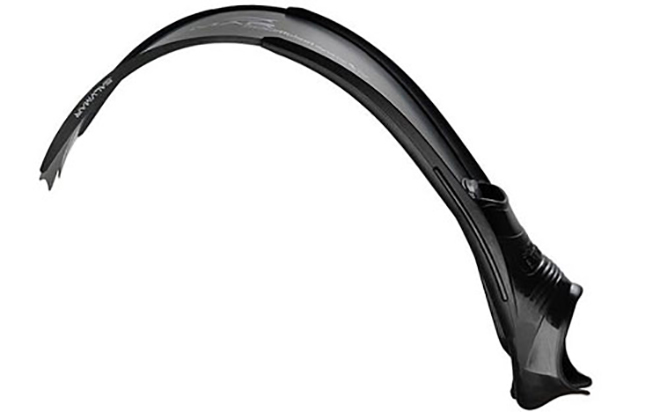You have 0 product(s) in your cart.
Abyss Scuba Diving
Carbon Vs Fiberglass Freediving Fins: Performance & Durability Compared

Carbon vs Fiberglass Fins: A Comparison for Freediving Fins
There will come a time in a freediver’s development and training where the equipment they have is no longer allowing them to access their full potential and the decision must be made to upgrade their fins. In our article on Freediving Fins, we looked at the different types of fins available to freedivers along with the differences in stiffness and how they shape a freediver’s performance.
As new technologies, manufacturing processes and materials become available, freedivers have an exceptional choice of fins to choose from, but at the PADI Advanced and Master Freediver levels; there’s really only two choices of blade materials… Carbon fibre or Fibreglass? Carbon fiber fins are known for their lightness, performance, and endurance, making them suitable for various diving environments and enabling better, more efficient diving with less effort and fatigue.
There is a lot of debate in the freediving community as to which is better and today we will weigh up a few of those opinions. But first, let’s look at the materials themselves:
Carbon Fiber Fins
Carbon fiber fins are extremely lightweight and offer resilience unmatched by any other material. These unique properties of carbon make it the most efficient material to construct fin blades from in terms of energy conversion and conservation. Using good carbon fins provides benefits such as lighter weight and better propulsion. They are commonly used by performance freedivers; however, there’s no good without the bad. The major downside of carbon blades is their fragility. Pure carbon fins also offer reduced effort and smoother dives, enhancing the overall diving experience.
Carbon blades will burst if it hits forcefully enough by a hard object such as a rock or the edge of a reef. This renders the fins useless for inexperienced freedivers who do their diving near reefs and in rocky underwater surroundings.
Carbon fins are a great choice for open water and performance freediving. As long as you don’t toot to close to hard objects that might damage your fin blades.
Fiberglass Fins
Fiberglass fins are most suitable and commonly used in reef and rocky environments. Fiberglass blades are slightly heavier and less resilient than carbon blades, but what they lack in weight and flexibility they make up for in extreme endurance and durability.
A well-made pair of aerospace grade fibreglass blades is virtually unbreakable. A fibreglass fin can take a considerable amount of damage before it is rendered useless, which makes it a perfect choice for freedivers who do most of their diving in the shallows, around reefs and rocks that are bound to eventually come in contact with the blades.
Some fin models are available with fibreglass/carbon composite blades. These blades are a perfect marriage between carbon and fibreglass, supplying the blades with extra resilience and reduced weight while retaining the extreme durability of fibreglass.
When you purchase your fins, remember you will need Neoprene Socks to protect your feet from your fin foot pocket. Without them, the skin around the foot pocket will get rubbed raw and you will be uncomfortable in the water.
Recent Posts






